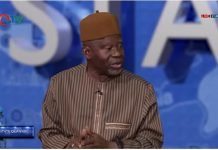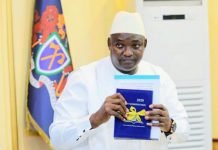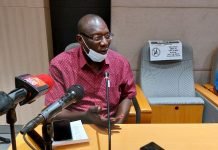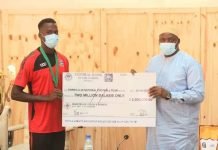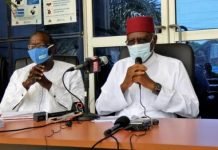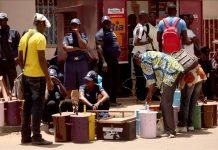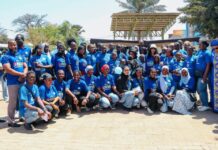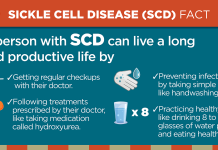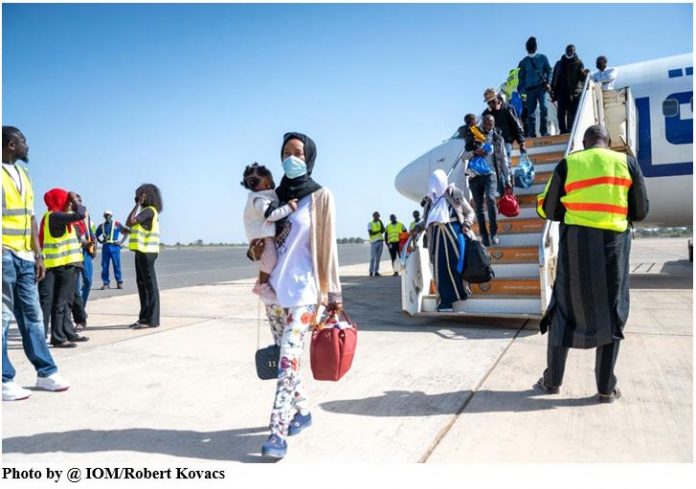By Alieu Ceesay
Migrants that are stranded in another country and opted to voluntarily return are usually assisted to return back to their country of origin. This is known as ‘Assisted Voluntary Return and Reintegration’ (AVRR) which is defined by IOM as ‘administrative, logistical or financial support, including reintegration assistance, to migrants unable or unwilling to remain in the host country or country of transit and who decide to return to their country of origin’.
For a return to be considered in the AVRR programme, it has to be free of physical or psychological pressure, and the decision to return has to be based on the availability of timely, unbiased and reliable information.
In two years, 2021 and 2022, an estimated 1,410 Gambians have benefitted from IOM’s AVRR programme.
Here is a breakdown of the various assisted voluntary returns facilitated by IOM:
- In November 2022, IOM facilitated the voluntary return of 120 Gambians from 4 countries, 100 of whom were from Libya. They received medical and psychosocial screenings before going to their final homes across The Gambia.
- In May 2022, 193 Gambians voluntarily returned from Libya and Niger, through IOM assistance. Out of these 193 returnees, 143 were from Libya, a country that shared a border with the Mediterranean Sea to Italy, a dream destination to many Gambian migrants.
- In early 2021, 30 Gambians returned home from Niger through Gambia’s consular mission in Niger courtesy of IOM.
- On 18 July 2021, 28 Gambian migrants stranded in Algeria were offered voluntary and safe return through a special return flight by IOM, the UN agency said.
- In October 2021, IOM facilitated the voluntary return of 127 Gambians from Libya to The Gambia.
 In addition to facilitating the return , IOM provide reintegration assistance that can only be considered sustainable when returnees have reached levels of economic self-sufficiency, social stability within their communities and psychosocial well-being that allow them to cope with (re)migration drivers. It includes three dimensions :economic, social and psychosocial .
In addition to facilitating the return , IOM provide reintegration assistance that can only be considered sustainable when returnees have reached levels of economic self-sufficiency, social stability within their communities and psychosocial well-being that allow them to cope with (re)migration drivers. It includes three dimensions :economic, social and psychosocial .
Voluntary return options are an important protection measure for vulnerable and stranded migrants who might be facing exploitation or abuse along the migration routes and who wish to return to their countries of origin but do not have the necessary means to do so. Returns are done at the explicit request of the individual returning, who has the right to pull out at any time of the process.
While IOM is not involved in or does not provide any financial contribution to forced returns, migrants who are forcibly returned may nevertheless find themselves in vulnerable situations and in need of assistance and protection as much as any voluntary returnee.
